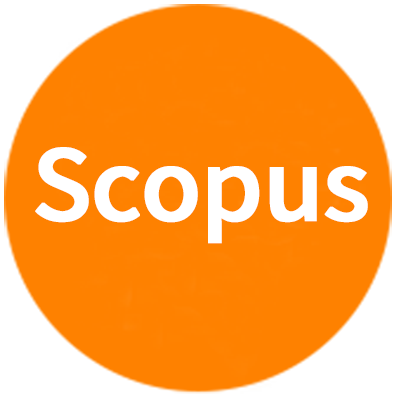fig3

Figure 3. Taxonomic and functional group density in Greenland fjords (from image samples collected in 2022). Numbers are individuals per 0.5 × 0.5 m area. The functional groups are left to right; light grey [pioneer sessile suspension feeders], mid grey [climax sessile suspension feeders], dark grey [mobile suspension feeders], light yellow [unshelled deposit feeders], dark yellow [shelled deposit feeders], green [grazers], light pink [soft bodied, sessile predator/scavengers], mid pink [hard bodied, sessile predator/ scavengers], dark pink [soft bodied, mobile predator/scavengers], light red [hard bodied, mobile scavenger/ predators], dark red [arthropod scavenger/ predators], white [flexible strategy][23]. Geographic and environmental details of the sites are given in Table 1.








